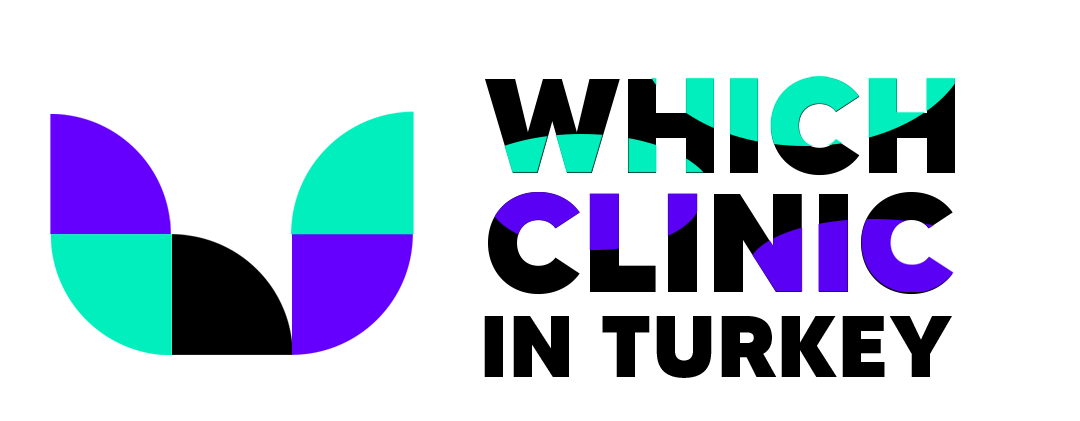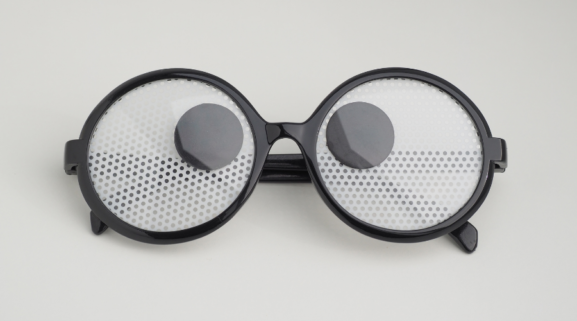Retinal Vascular Occlusions
Retinal Vascular Occlusions
Retinal vascular occlusion is the occlusion of the vessels that feed the retinal layer, which consists of special cells that provide vision. In the retina, there are vessels (arteries) that ensure that the special cells that provide vision receive sufficient nutrients and oxygen. However, there are also veins that carry the wastes produced by the cells in the retina. Occlusions in these vessels cause vision loss. Occlusion in the retinal vein is called retinal vein occlusion, and occlusion in the retinal artery is called retinal artery occlusion. The degree of vision loss depends on the number and type of vessels in which the obstruction occurs.
How are they formed? How Can We Understand Its Symptoms?
Retinal vascular occlusions are caused by damage to the vessel walls. Hypertension, high intraocular pressure (glaucoma), arteriosclerosis, blood clotting problems, and diabetes can cause retinal vascular occlusion. It usually occurs between the ages of 50 and 60. Retinal vascular occlusion is usually seen in the vein. There are two types: central retinal vein (vein) occlusion and branch retinal vein occlusion.
Branch retinal vein occlusion occurs as a result of occlusion of only a portion of the retinal veins. As a result of branch occlusion, hemorrhages and fluid collections are seen behind the occluded vessels. Central Retinal Vein (Main Vein) Occlusion, Retinal main vein is the vessel that collects all the blood in the retina and is located in the optic nerve. As a result of the occlusion of this vessel, hemorrhage and fluid collection are seen in the entire retina.
Symptoms of retinal vascular occlusion:
It can manifest itself as a sudden, painless loss of vision in patients. Depending on the vessels where vascular occlusion occurs, there may be a slight deterioration in vision, as well as serious vision loss. During biomicroscopic eye examination, hemorrhages in the retinal layer, fluid accumulation in the retina, substance accumulation in the retina and edema may be observed.
Treatment and Duration of Retinal Vascular Occlusions
- Laser therapy: If some of the retinal veins are clogged (branch vein occlusion) and there is macular edema known as fluid collection in the visual center, laser therapy can be applied. If new and abnormal vascularization has occurred in the retina as a result of retinal vascular occlusion, laser treatment is required to prevent bleeding from these vessels.
- Intravitreal injection: Cortisone or anti-VEGF drugs are administered intraocularly in cases of central retinal vein occlusion and fluid collection in the visual center. These injections are repeated three times, once a month. Then, if needed, re-injection can be done.
- Hyperbaric oxygen therapy: Hyperbaric oxygen therapy is a method that can be applied in the treatment of mild retinal vascular occlusion.
How Can You Protect Yourself?
In order to prevent retinal vascular occlusion, it is necessary to avoid risk factors that may cause vascular occlusion. Patients with hypertension, diabetes and atherosclerosis (vascular occlusion) are more likely to have retinal vascular occlusion. What can be done to prevent retinal vascular occlusion:
- Keeping blood pressure under control and controlling hypertension
- Controlling blood sugar
- Not smoking
- Healthy eating
- Doing regular exercise
- Weight loss



